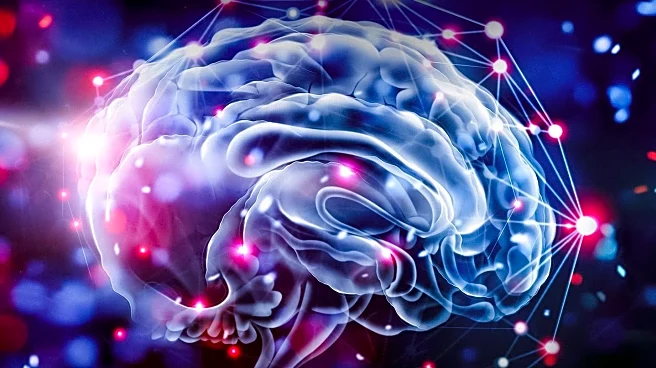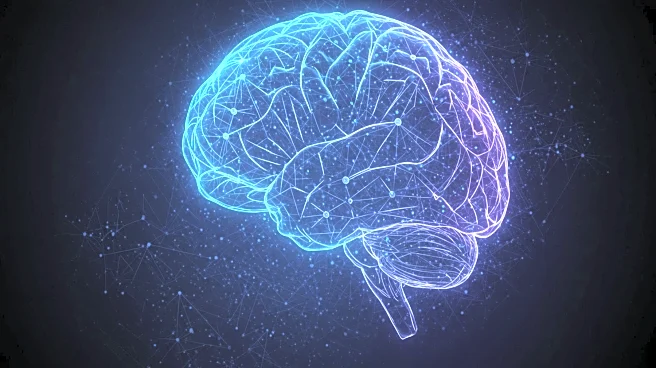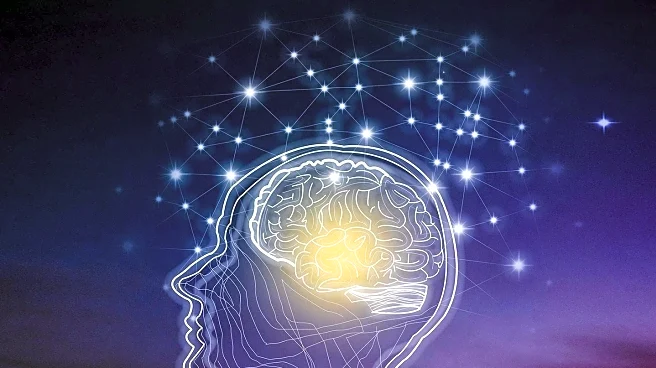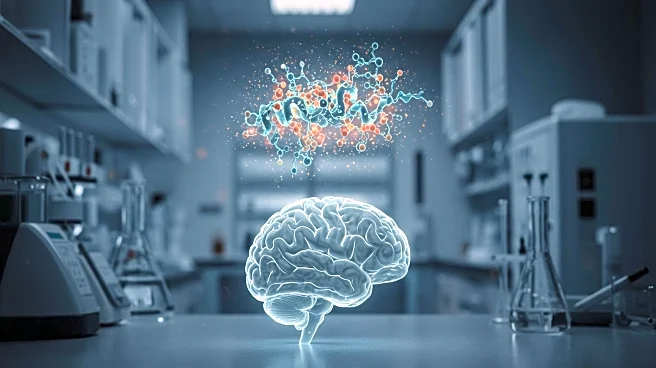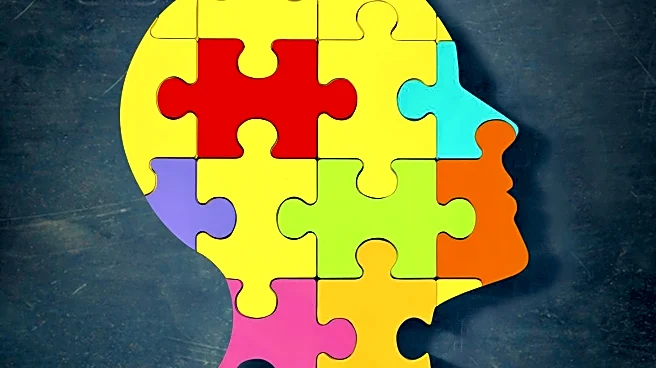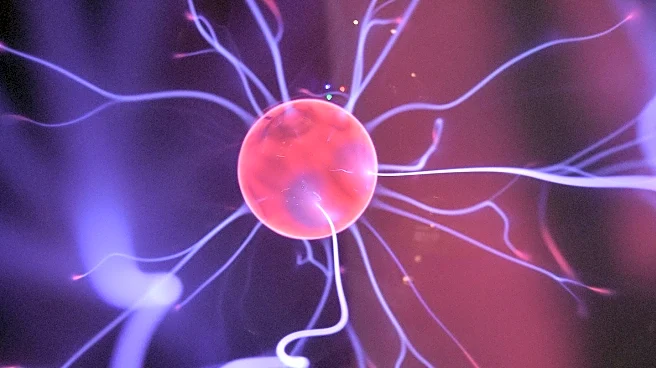Rapid Read • 8 min read
Recent research challenges the long-held belief that the brain's somatosensory cortex reorganizes itself following an amputation. The study, conducted by Tamar Makin and colleagues at the University of Cambridge, utilized MRI scans to observe brain activity in individuals before and after arm amputations. Contrary to previous theories, the findings indicate that the brain's map of the body remains unchanged post-amputation. This discovery could have significant implications for treating phantom limb pain, a condition where amputees experience sensations in limbs that are no longer present. The study suggests that efforts to treat phantom limb pain by prompting brain reorganization, such as through virtual reality, may not be effective.
AD
The findings from this study could revolutionize the approach to treating phantom limb pain, a common issue among amputees. Traditionally, treatments have focused on encouraging the brain to reorganize itself, but this research suggests that such methods may be based on incorrect assumptions. Understanding that the brain's map remains static could lead to new treatment strategies, potentially involving nerve grafting during amputations to prevent nerve tissue thickening, which may contribute to phantom limb pain. This shift in understanding could improve the quality of life for amputees by providing more effective pain management solutions.
Researchers may explore alternative methods for treating phantom limb pain, focusing on preventing nerve tissue thickening rather than attempting to reorganize the brain's map. This could involve surgical techniques during amputation to graft nerves into new tissue, potentially reducing the occurrence of phantom limb sensations. Further studies are likely to investigate the long-term effects of these new approaches and their efficacy in managing phantom limb pain.
The study challenges the 'maladaptive plasticity theory' of phantom limb pain, which was based on the idea of brain reorganization. This could lead to a paradigm shift in neuroscience, affecting how researchers understand brain plasticity and its role in sensory processing. The findings may also influence broader neurological research, prompting a reevaluation of how the brain adapts to physical changes.
AD
More Stories You Might Enjoy
